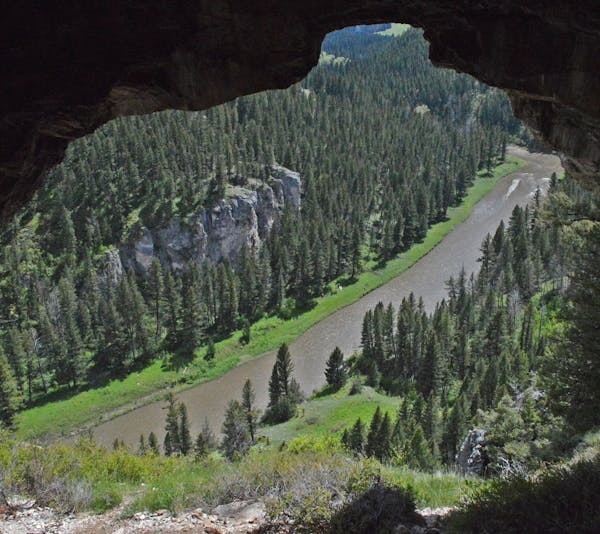A float trip on Montana's Smith River is considered one of North America's premier outdoor adventures — for those lucky enough to draw a permit in an annual lottery conducted by Montana State Parks.
This year, 9,366 applicants from all 50 states, the District of Columbia and four foreign countries vied for 1,804 Smith River permits. Deadline each year to apply is usually in mid-March.
Those who win a permit for the river's peak floating season, mid-May to mid-July, can't apply for one for the same period the following year.
Nine new float groups are allowed on the river daily. Access has been regulated by Montana State Parks for about 25 years. Group size is limited to 15 — meaning an individual permit holder could invite as many as 14 friends along for the ride.
At times the Smith River can run full and swift. But it is not generally considered a white-water river.
Most common river conveyances are fishing-style rafts. Canoes and kayaks also can be used, though carrying enough gear on these for a multiday trip can be challenging.
Winners of permits can also rent rafts from area outfitters.
Most floaters take five days to cover the nearly 60 miles between the launch site at Camp Baker and the take-out at Eden Bridge. No public-land exits exist between those points.
Eight outfitters also are authorized to run float trips on the Smith River. They have a set number of permits awarded to them for their clients.
Typically, outfitters supply tents and other needed supplies, and also prepare meals. Cost is about $4,000 per person, plus gratuities.
While on the river, floaters must stay at assigned campsites. Sites are about 12 miles apart and have fire grates and latrines. Beginning this year, floaters must also use Yeti or similar bear-safe coolers or other means to ensure area black bears can't access human food or garbage.
No grizzly bears are in the area.
Much of the land along the river is privately owned. Remote cabins and ranches are on some of these properties.
Trout fishing on the Smith River can range from fair to outstanding, depending, usually, on water clarity. Frequently the river is off-color because its level and flow are affected more by rainfall than snowmelt.
How much rain falls in spring and early summer also can affect the length of the Smith's floating season. In some dry summers, the river can carry too little water in July to be floated easily.
For more information, go online to stateparks.mt.gov/smith-river.
DENNIS ANDERSON

Anderson: Building a new Waterville fish hatchery will help shorten the time between bites

Anderson: Trailblazing sonar will be in thousands of boats for opener

Anderson: Celebrate Earth Day by rekindling real connection to nature
Anderson: Anglers protesting tough new Mille Lacs rules are wrong


